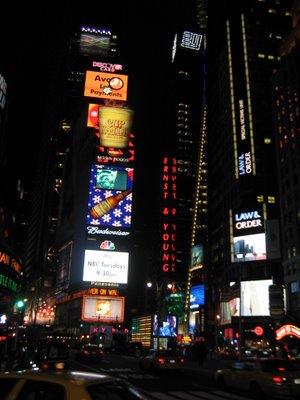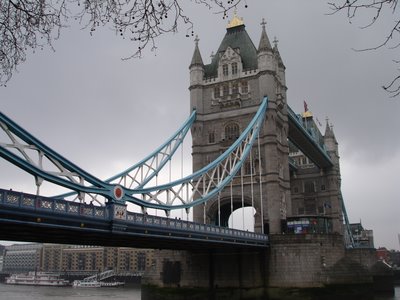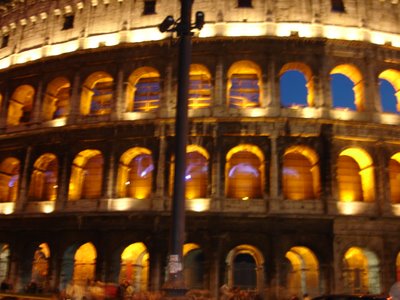9.05.2006
7.05.2006
6.24.2006
6.21.2006
North America



6.20.2006
A :: S :: I :: A




6.19.2006
Ε :: U :: R :: O :: P :: E




PHOTO - (1)Photograph; (Greek - fos - for "light") A photograph is an image (or a representation of that on e.g. paper) created by collecting an array of photons onto special photo-sensitive paper. The most common photographs are those created of reflected visible wavelengths, producing permanent records of what the human eye can see. PLEASE NOTE that the symbol {R} means that those photos does not belong to me










